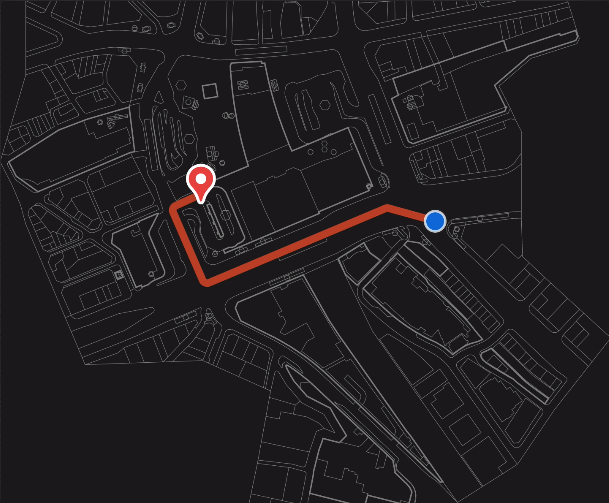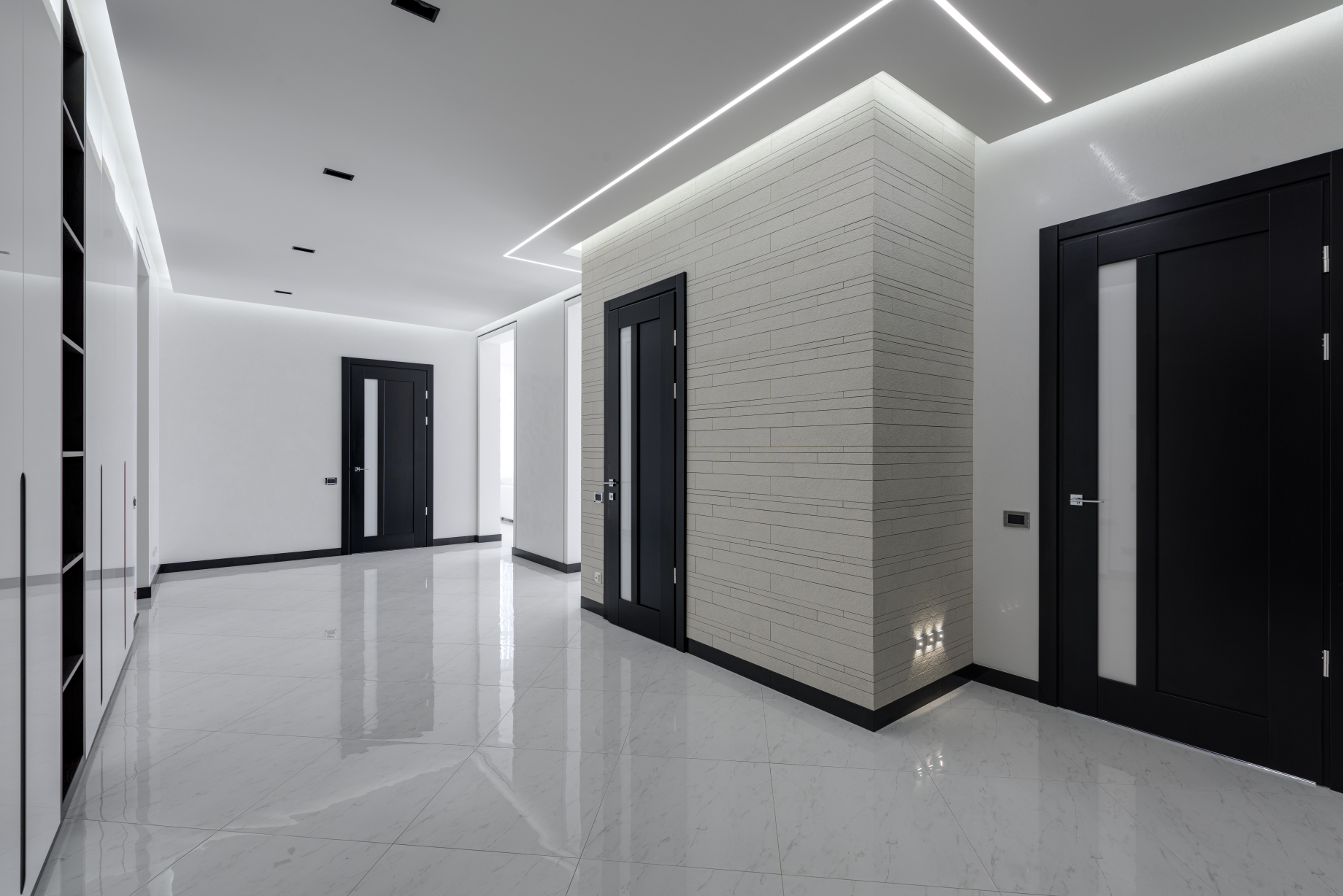Return to Resources
What is Lidar Scanning and How Does Apple Use It?
Sep 22, 2022
4 min read
Your guide to LiDAR scanning. What it is, how it works, how Apple uses it, and the advantages of LiDAR scanners for indoor mapping and other industries.
What is LiDAR?
LiDAR is a remote sensing method that uses the pulse from a laser to create a 3D representation of a surveyed environment or object with a high level of accuracy. The main components of a LiDAR instrument are a laser, a scanner, and a specialized GPS receiver.
What does LiDAR stand for?
LiDAR stands for Light Detection And Ranging. It is also known as laser scanning or 3D scanning.
What is LiDAR technology?
A wide variety of industries have adopted LiDAR technology. LiDAR technology captures the physical world in digital form by collecting granular measurements of an object or environment from which 3D models and maps can be created. For instance, you can walk around a room, scan it with a piece of equipment that has LiDAR sensors, a camera, and other sensors on it, and turn it into a digital asset.
How does LiDAR work to sense depth?
LiDAR uses a light detection technique to calculate depth. It works by emitting infrared light pulses and measuring how long they take to come back after hitting nearby objects. The time between the output laser pulse and the reflected pulse enables the LiDAR sensor to calculate the distance to each object, based on the speed of light.
What does Apple's LiDAR scanner do?
Apple's newer generation products, the iPhone 12 Pro and Pro Max, iPhone 13 Pro and Pro Max, iPhone 14 Pro and Pro Max, and iPad Pro feature a built-in LiDAR scanner. This enables Apple device users to create realistic, accurate, and fast 3D representations of close-range objects and environments.

Apple's LiDAR scanner can be used to provide better augmented reality (AR) experiences and enables 3D modeling of indoor rooms with Apple's new RoomPlan API. Users can walk around a room, scan it using an app built with the RoomPlan API, and create a 3D model that contains virtual objects, walls, windows, doors, furniture, and more.
What makes Apple's LiDAR scanner special?
Traditionally, LiDAR systems and laser scanners are expensive and large pieces of equipment that capture real-world environments. With Apple's LiDAR scanner integrated into mobile devices, the average person can access this technology by purchasing an iPhone or iPad. The cost to access LiDAR scanning is now very low, and apps utilizing the scanning hardware are getting easier to use.
What advantages do iPhone LiDAR scanners create for indoor mapping?
With a LiDAR-equipped device, you can create a floor plan by simply scanning a room. The huge advantage is that if you don't have an existing floor plan or blueprint to work with, you can now generate one using your iPhone. LiDAR technology on mobile devices allows you to capture a real-world environment easily. From here, the data captured can be used to create an initial map where it can then be used as an alternative source of data that can be imported into an indoor mapping CMS.
Use cases for LiDAR scanners
LiDAR scanners are used in a wide variety of industries, including automotive, infrastructure, robotics, industrial, indoor mapping, entertainment, retail, and more. LiDAR enables obstacle detection, avoidance, and navigation in self-driving cars; automation in manufacturing and warehouses; AR video games; and 3D indoor mapping experiences, to name a few.
LiDAR applications will continue to expand as the technology gains popularity. To learn more about Apple's RoomPlan API and how it will change the way we think about indoor mapping, head over to our blog or contact us today.


